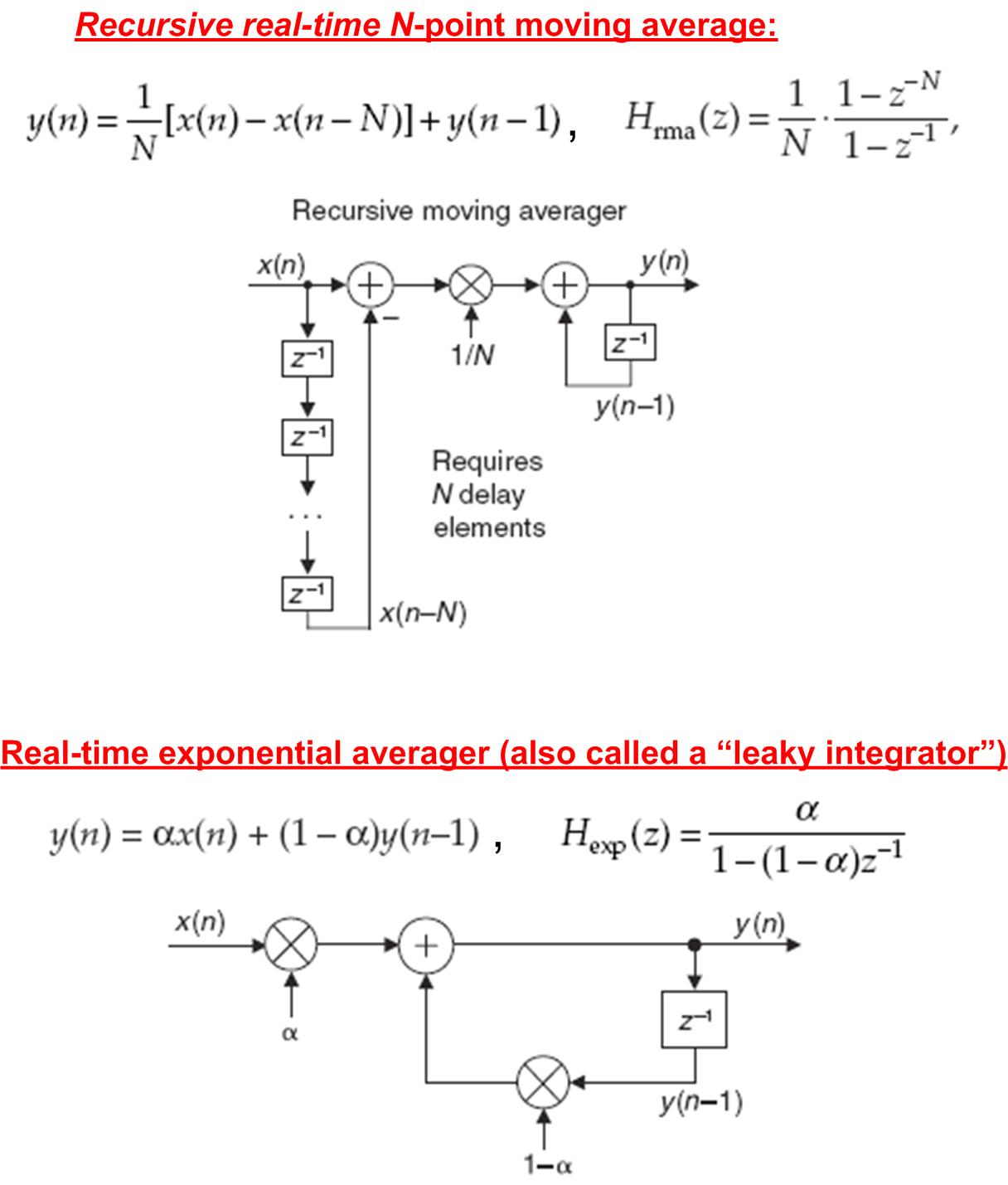Classically, an averager is supposed, when applied to a constant, to yield the same value as an output. Here, with:
$$ u_3=\left( \left(\left(a_1\right/1 ) + a_2\right)/2+a_3\right)/3$$
when you set $a_k=a$, then you get
$$ \left( \left(\left(a\right/1 ) + a\right)/2+a\right)/3 = a (2/2+1)/3 = 2a/3 $$
Indeed, you have $u_{n+1} = (u_{n}+a_{n+1})/(n+1)$. With constant $a_k$, this boils down to the series:
$$ v_{n+1} = (v_{n}+1)/(n+1)$$
with $v_1=1$. With a quick napkin check, this decreases roughly as $1/n$, and goes to zero. You would have better results with the recursion:
$$ u_3=\left( \left(\left(a_1\right/1 ) + (2-1)a_2\right)/2+(3-1)a_3\right)/3$$
or $$u_{n+1} = (u_{n}+na_{n+1})/(n+1)$$
I didn't know never it is useful, or if it even has a name. The recursive averager takes a "dual" form:
$$u_{n+1} = (nu_{n}+a_{n+1})/(n+1)$$


